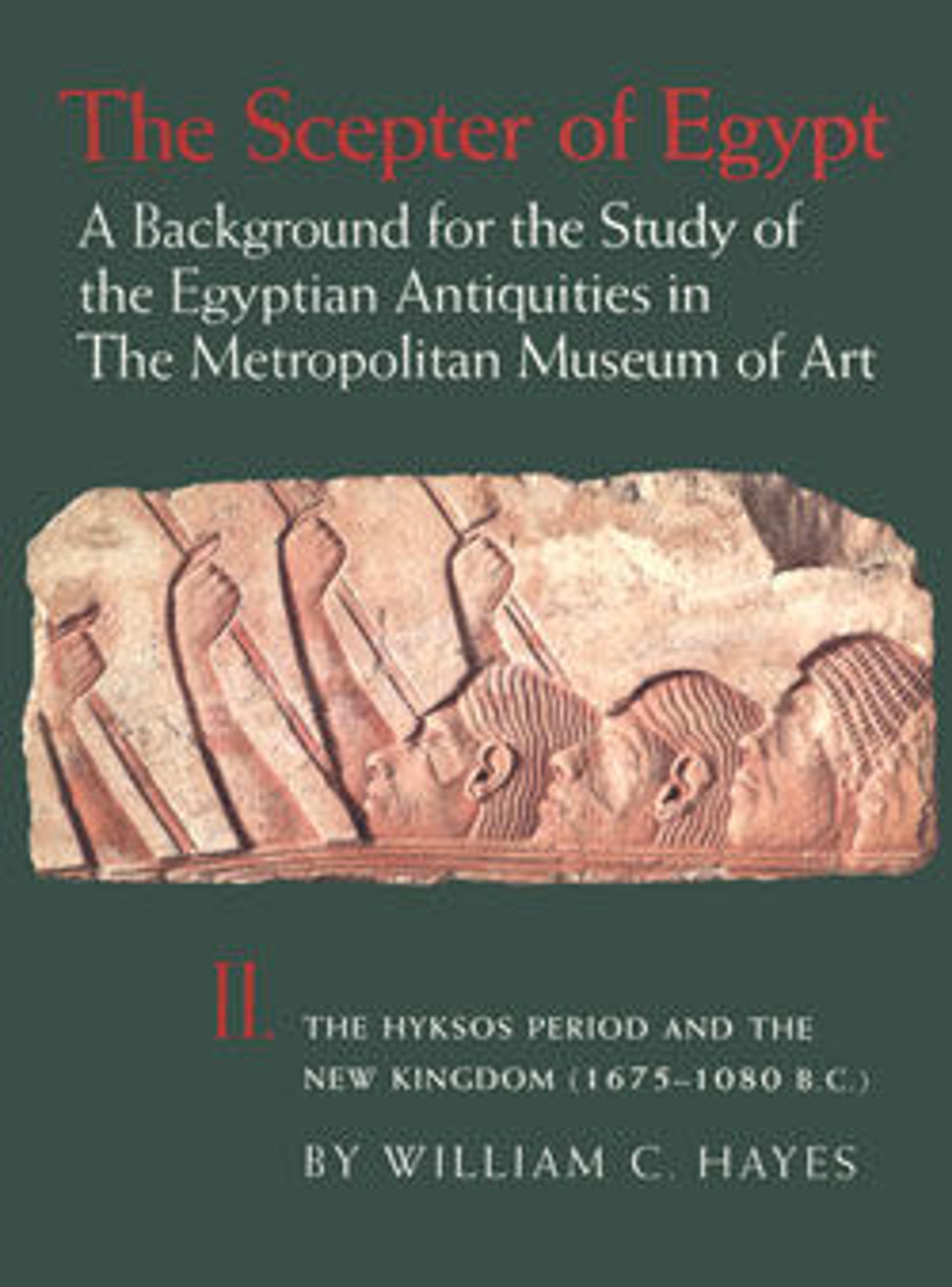Shabti of Merneptah
Merneptah was the fourteenth son of Ramesses II by his queen Istnofret. Already of advanced age, he built little except for a palace at Memphis, his mortuary temple at Thebes (for which he took much of the building material as well as many of the statues from the adjacent temple of Amenhotep IIII), and his exceptionally large tomb in the Valley of the Kings. After the long reign of Ramesses II and the period of peace begun with the Hittite treaties, the whole Mediterranean world was in upheaval. Egypt was attacked from the west by the Libyans in coalition with the Sea Peoples. Merneptah successfully repelled this invasion as well as campaigning in southern Palestine.
This small mummiform or Osirid figure of the king was probably made for his tomb but was said to have been found elsewhere in Thebes. It is inscribed with the king's royal names and titulary and the carefully modeled face is similar to other statues of this king.
This small mummiform or Osirid figure of the king was probably made for his tomb but was said to have been found elsewhere in Thebes. It is inscribed with the king's royal names and titulary and the carefully modeled face is similar to other statues of this king.
Artwork Details
- Title: Shabti of Merneptah
- Period: New Kingdom, Ramesside
- Dynasty: Dynasty 19
- Reign: reign of Merneptah
- Date: ca. 1213–1203 B.C.
- Geography: From Egypt; Probably from Upper Egypt, Thebes
- Medium: Limestone
- Dimensions: H. 18.5 cm (7 5/16 in.)
- Credit Line: Purchase, Edward S. Harkness Gift, 1926
- Object Number: 26.7.1451
- Curatorial Department: Egyptian Art
More Artwork
Research Resources
The Met provides unparalleled resources for research and welcomes an international community of students and scholars. The Met's Open Access API is where creators and researchers can connect to the The Met collection. Open Access data and public domain images are available for unrestricted commercial and noncommercial use without permission or fee.
To request images under copyright and other restrictions, please use this Image Request form.
Feedback
We continue to research and examine historical and cultural context for objects in The Met collection. If you have comments or questions about this object record, please contact us using the form below. The Museum looks forward to receiving your comments.
